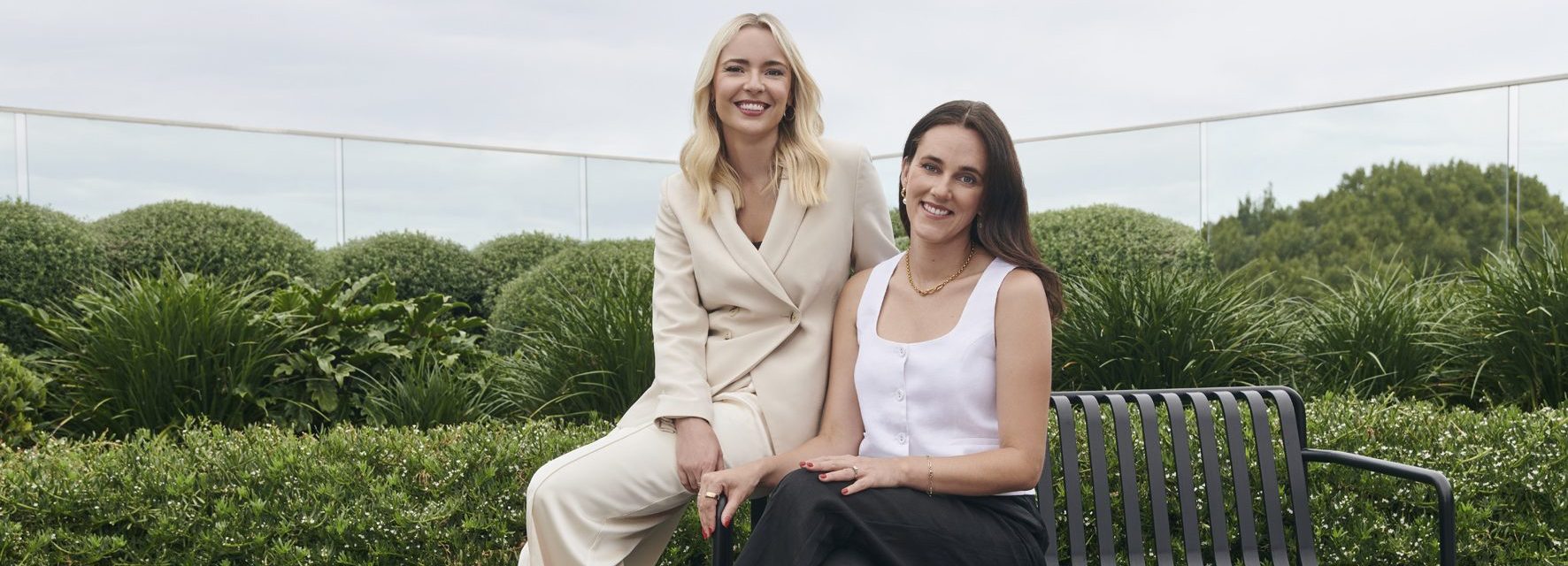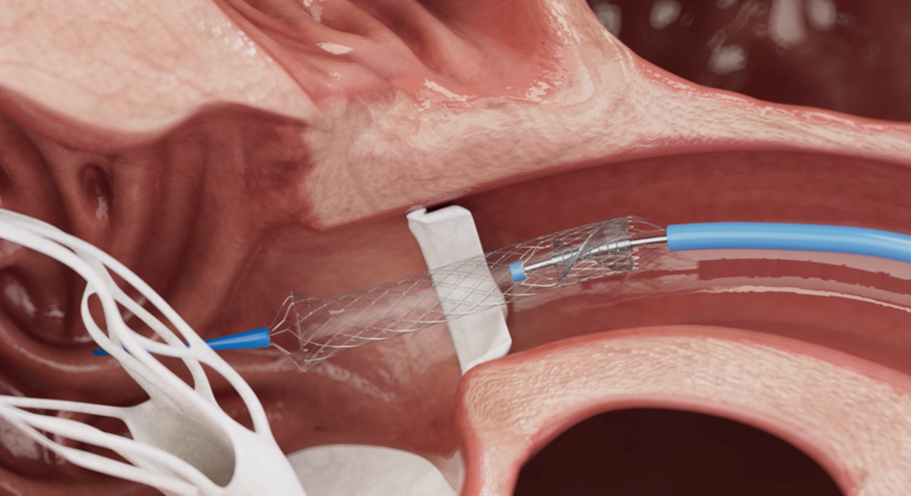Georgia Vidler and Kate Lambridis have a lot in common, from similar career paths to family medical histories. Two years ago, the pair knocked heads to re-invent how the healthcare industry navigates chronic health conditions. Their start-up HUMAN raised Australia’s largest seed round for an all-female founder team, $10.15 million, in 2022.
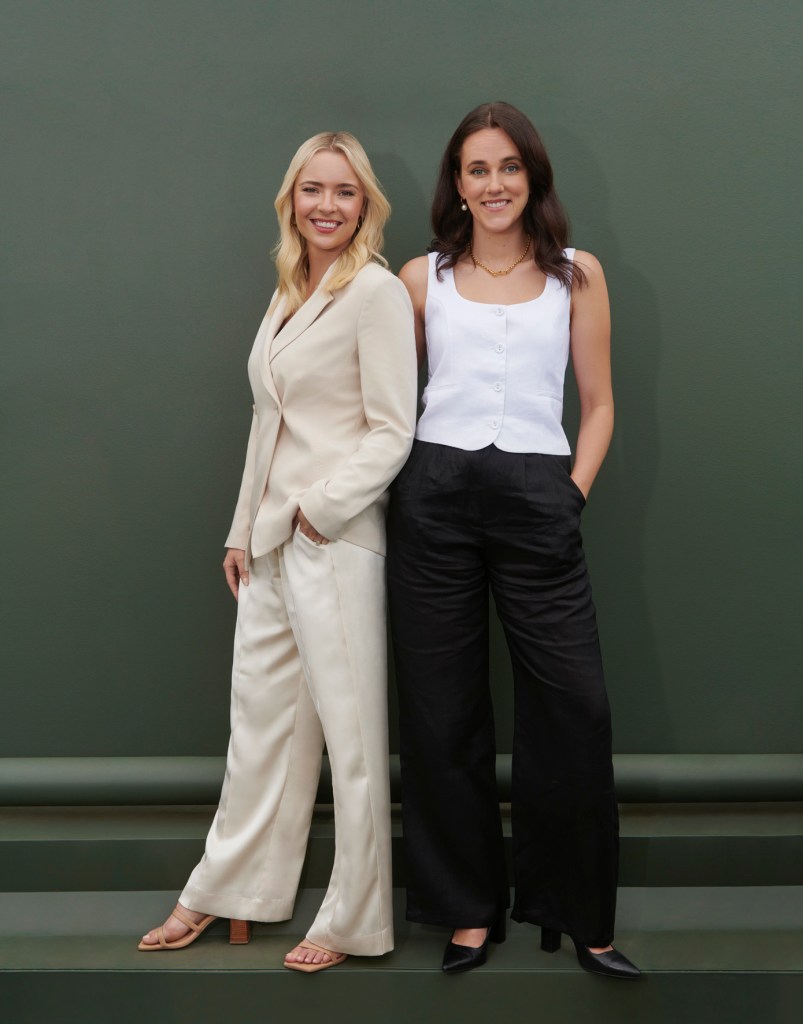
Georgia Vidler and Kate Lambridis have just arrived back in metropolitan Sydney after a few days at Vidler’s cottage in the Blue Mountains, where the pair often get away to think big about their two-and-a-bit-year-old start-up, Human.
Co-founded by the women in November 2021, Human is currently in its beta phase. It is a platform that captures and publishes what doctors, researchers and patients are learning about medical treatments for chronic illnesses, particularly neurological conditions. Eventually, that will lead to personalised healthcare services for users, hopefully replacing “Dr Google” and reducing healthcare costs in the long run.
“It’s a big mission,” Lambridis says. “Specifically in mental health and neuropsychiatric illness, there’s a crazy level of growth, and science is kind of at a loss in those areas. We’re not making progress fast enough, and there was an opportunity to build a product that helps families investigate their health and figure out solutions that work for them. It also has the by-product of producing research at scale.”
Vidler and Lambridis are product gurus and ex-Canva employees (head of product and senior product manager, respectively), which is how they met. South African-born Lambridis interviewed with Vidler and Cameron Adams’ wife, Lisa Miller (who was running Canva’s product team at the time), from her home in Cape Town before moving to Sydney in 2019.
“I just really loved the people,” Lambridis says. “Our connection was there on the initial interviews.”
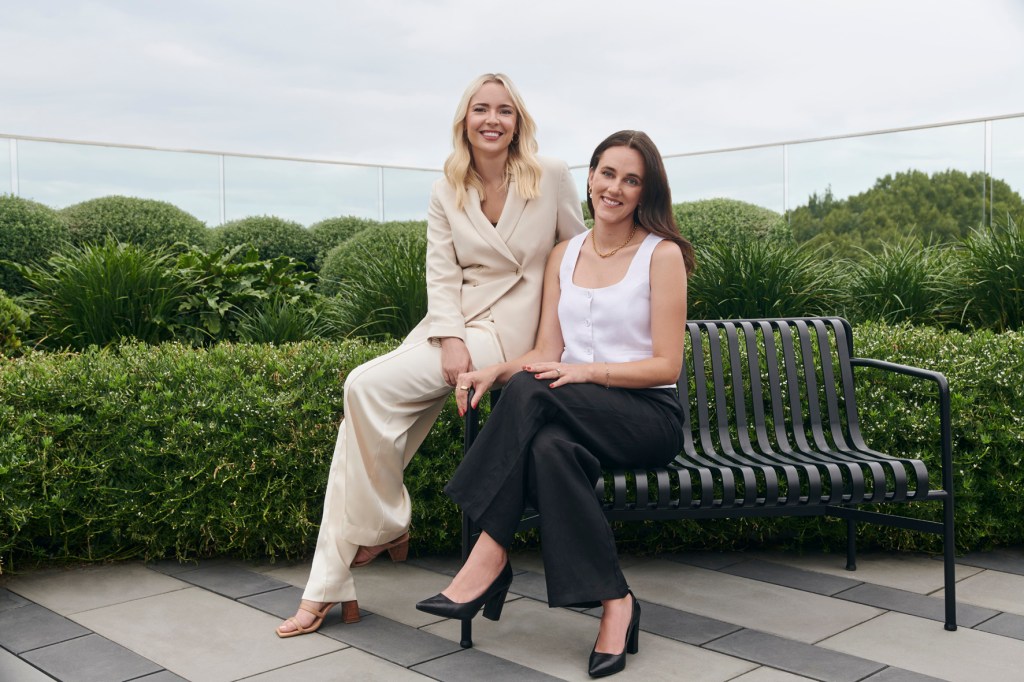
And while the pair aren’t doctors, they do have experiences with the healthcare system, particularly when it comes to neuropsychiatric illnesses. It’s just one of their many commonalities – ones they found as colleagues first, then friends, then business partners.
“We just started talking,” Lambridis says. “We have traversed difficult, complex, traumatising health journeys with a bunch of different family members. We both lost parents too young, and we both have blended families. We both only ever worked in tech, and we both came out of advertising and marketing and into product. We really connected.”
Lambridis is candid about her current family health struggles – she has two children, both navigating chronic illnesses. She says her mission to find solutions for them was a big driver. And over dinner one night, she knocked heads with Vidler and wondered, could they start a product that continued to learn about chronic health conditions over time? Could they learn from active patients and doctors who are currently testing treatments today? And could they share those learnings with vulnerable families who need solutions?
Well, they could certainly try.
Vidler got to work designing the early screens while Lambridis scribbled on whiteboards to form a cohesive storyboard. The pair says they learned a valuable lesson from Canva: it must be simple. But that’s easier said than done.
“It is gruelling to make something simple,” Vidler says. “Canva – it’s such a simple product. But the amount of blood, sweat and tears that goes into building something simple is extreme.”
Then, it was time to approach investors. “We didn’t start with ‘We’re going to start a company, let’s come up with an idea’,” Lambridis says. “It was, ‘This is what we want to see happen, and we’re going to keep talking to people until we find those who agree.”
And what they found was people agreed. More than that, people related. “Somebody would say, ‘I’ve lived this’,” Vidler says. The pair raised $10.15 million in what was the largest seed round for an all-female-founded start-up, led by Airtree Ventures’ Elicia McDonald, with additional investment from Skip Capital.
Of that investment, McDonald says, “Georgia and Kate have a vision to democratise access to personalised healthcare”.
“The more investors we speak to, the more convicted we are about this. If we can crack [the free model], the monetisation opportunities are endless.”
Georgia Vidler, co-founder, Human
“They’re incredibly ambitious founders, and their passion for creating a healthier, happier world is contagious, inspiring world-renowned medical and scientific advisors to support their mission. We backed the Human team in 2022 when they were pre-product and pre-revenue, and we’re excited to continue to support them on their journey as they scale globally.”
Human has been quiet on all fronts in the 18-odd months since its capital raise, not without cause. Lambridis and Vidler say they have been tucked away with their 22-strong team of engineers, data scientists, marketers, and designers to build the product.
And why ‘Human’? “The medical model today looks at people through the lens of a label,” Lambridis says. “We think the only label that should matter about you is that you’re a human being. So, we built the product to be inclusive of people with whatever condition – and that was an investment to do that because it’d be way easier to build the product for one condition, but it wouldn’t have been as useful.”
The digital health industry is projected to reach US$275 billion by 2028, growing at a CAGR of 10.07%. And while revenue-per-user could be high, right now, Human is free. That’s another lesson they learned from Canva: “An amazing free product is the best marketing you’ll ever do,” Vidler says.
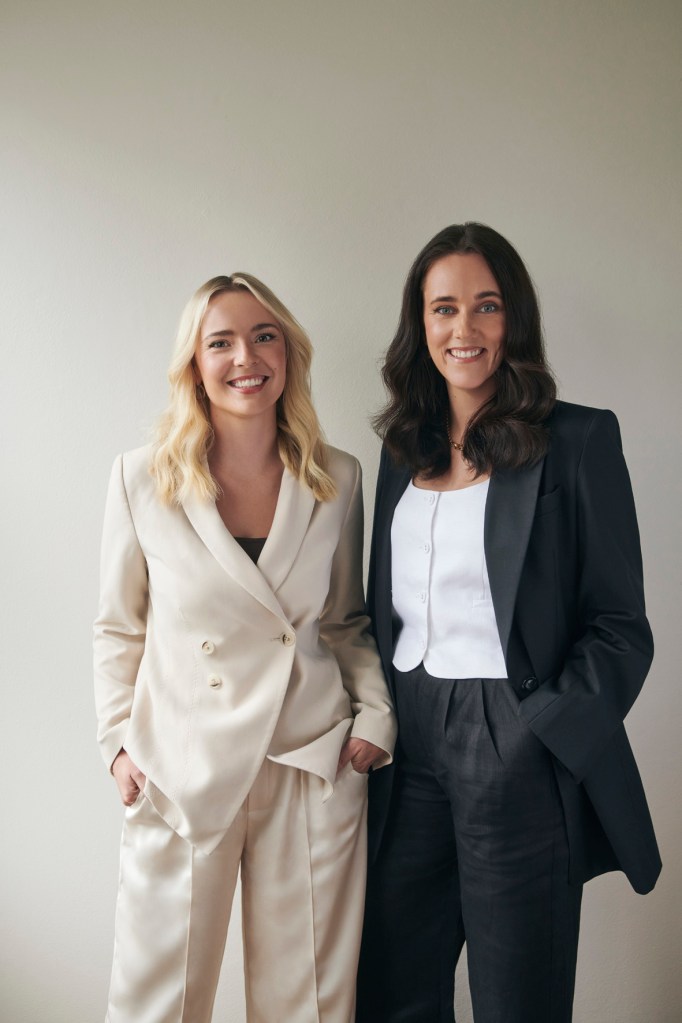
There are no campaigns or major press announcements yet because product people are constantly iterating their products, but the pair say they’ll be out of the beta phase in months and plan to market in the US, where they’ll launch initially. They’re now compliant with the Health Insurance Portability and Accountability Act (HIPAA), received approval for an observational study from the Institutional Review Board – and so far, they say they are very capital efficient, in true form with Australian start-ups. “We’ve been able to build a lot with a little, and I think Aussies have a reputation for that in the US,” Lambridis says.
Their goal for the next year is to grow patient adoption on their free model and create the ever-coveted ‘stickiness’ – when customers value your product and don’t want to stop using it.
“The more investors we speak to, the more convicted we are about this,” Vidler says. “If we can crack [the free model], the monetisation opportunities are endless.”
On the possibilities of monetisation, Vidler points to payers like the National Disability Insurance Scheme (NDIS) in Australia or the Social Security Disability Insurance (SSDI) in the US.
“Huge payers are spending huge amounts of money on these conditions, and they are incentivised to see peoples’ health outcomes get better,” she says.
“Short-term, we’re building a great free product. In the medium term, we will likely build a freemium model. And in the long term, we might be able to get the payers, like NDIS, to subsidise what we’ve built so that patients don’t actually have to pay.”
Look back on the week that was with hand-picked articles from Australia and around the world. Sign up to the Forbes Australia newsletter here or become a member here.
